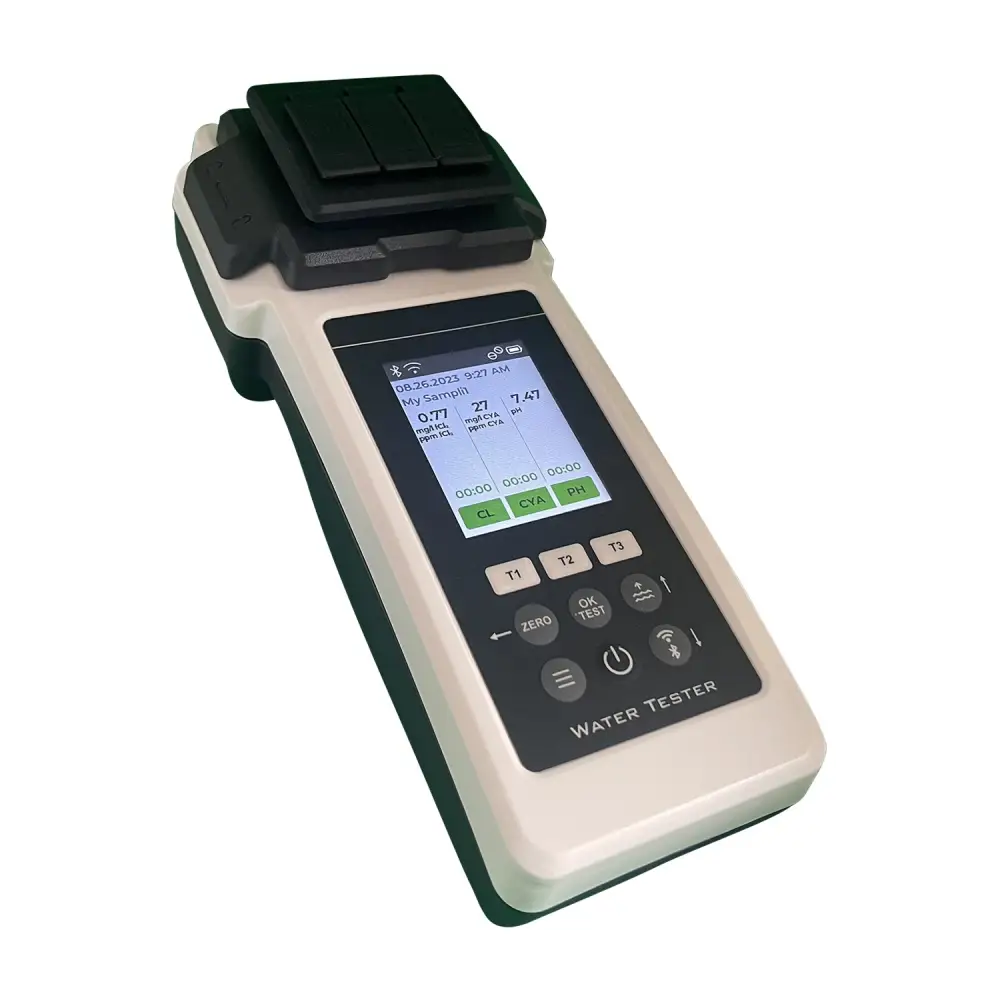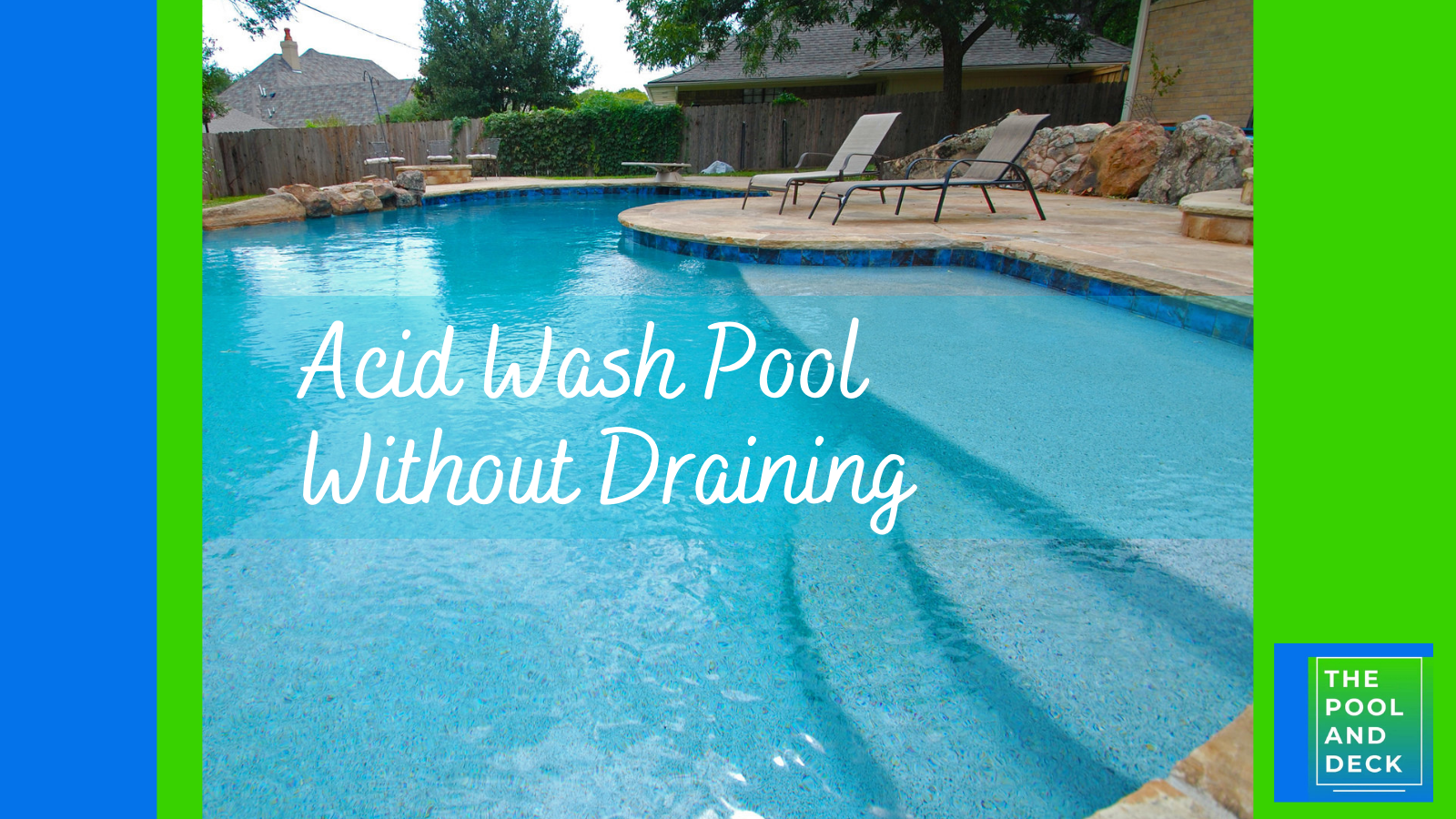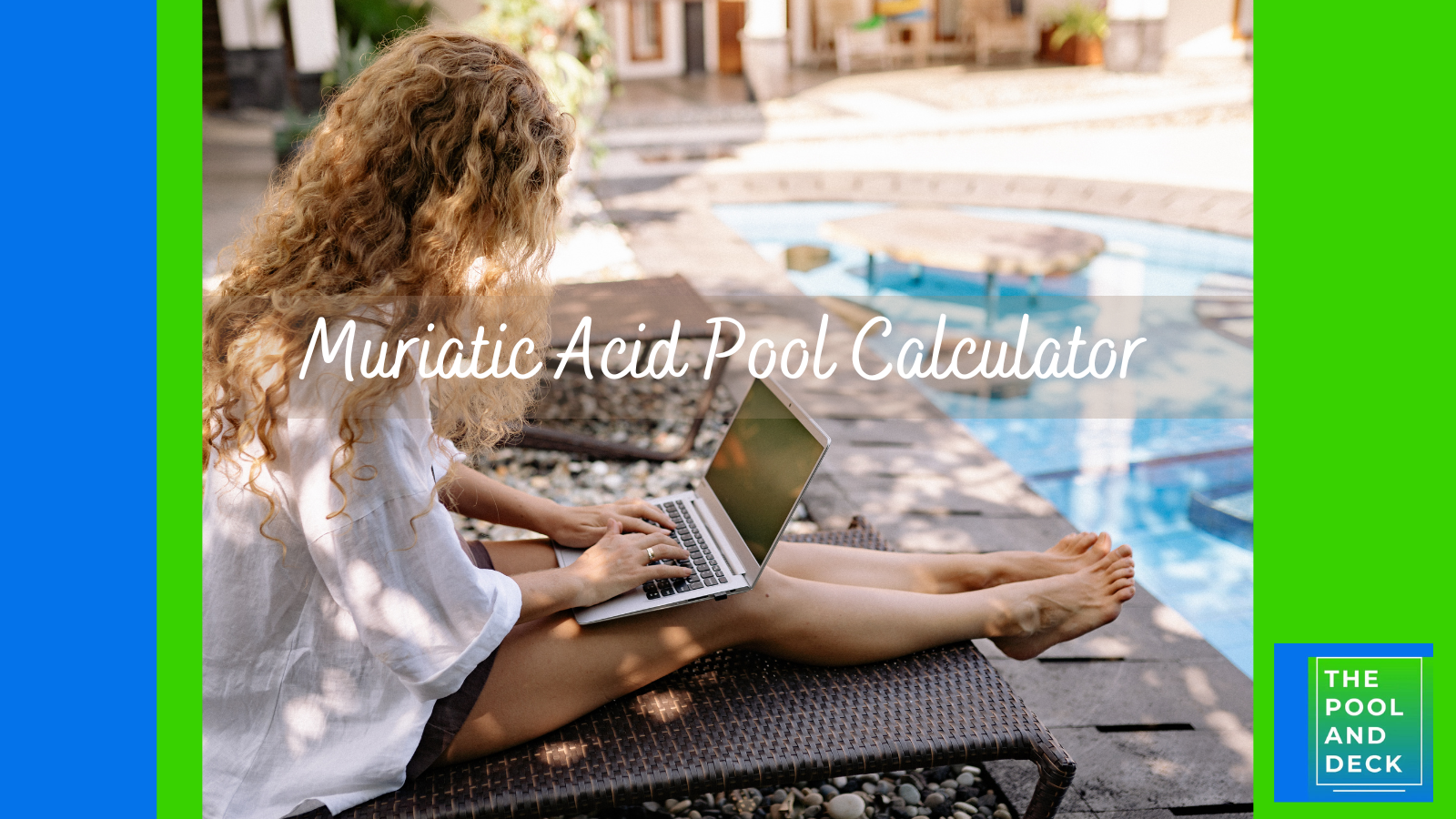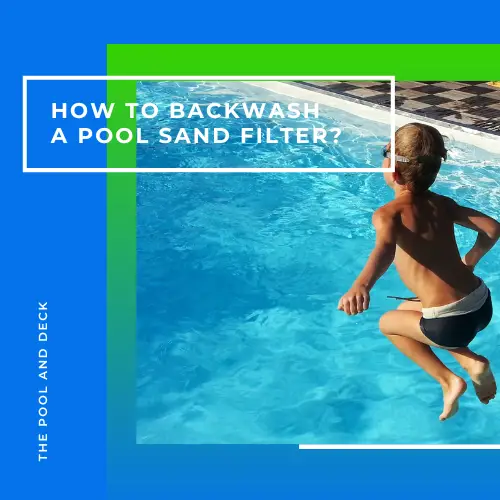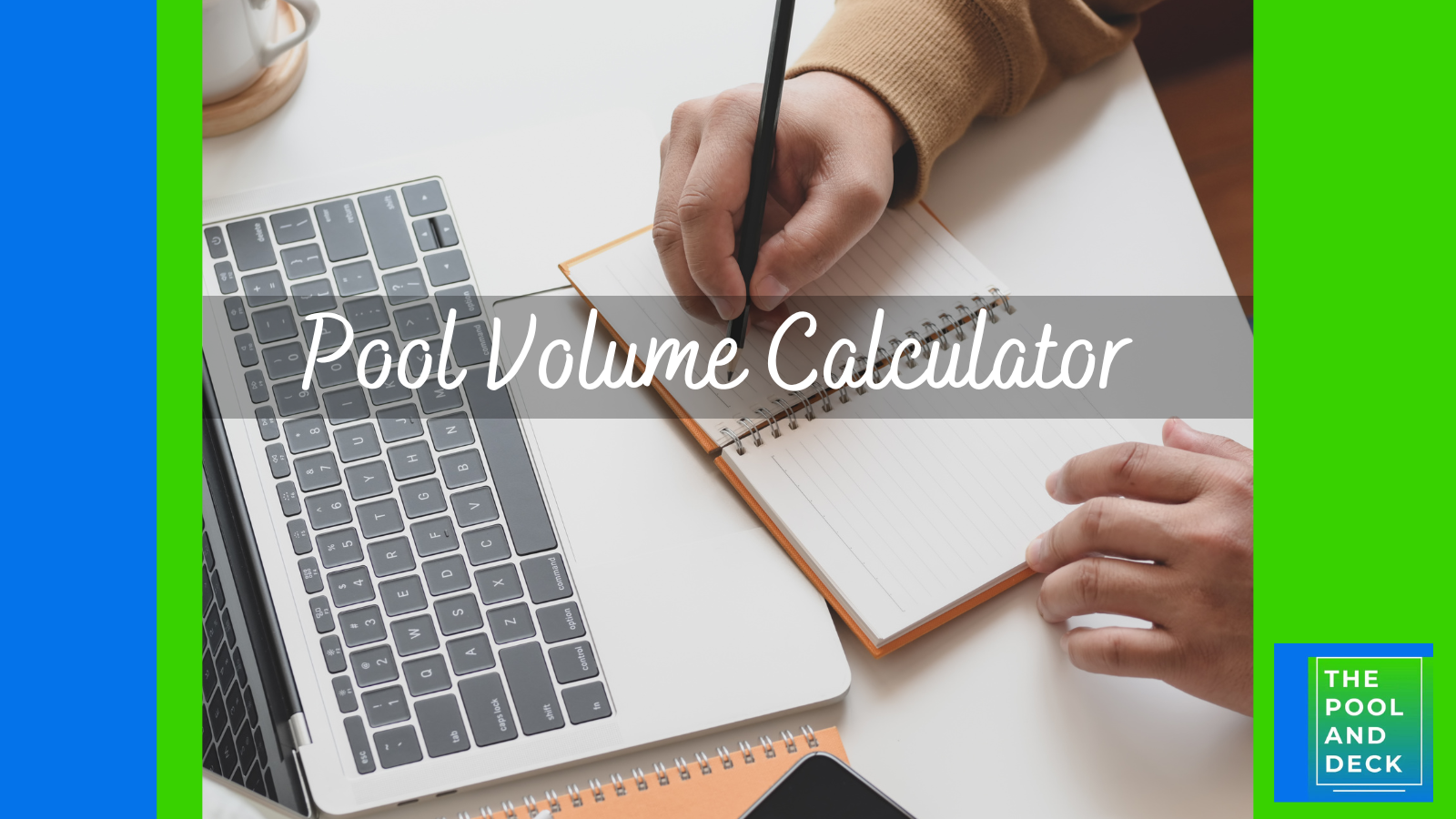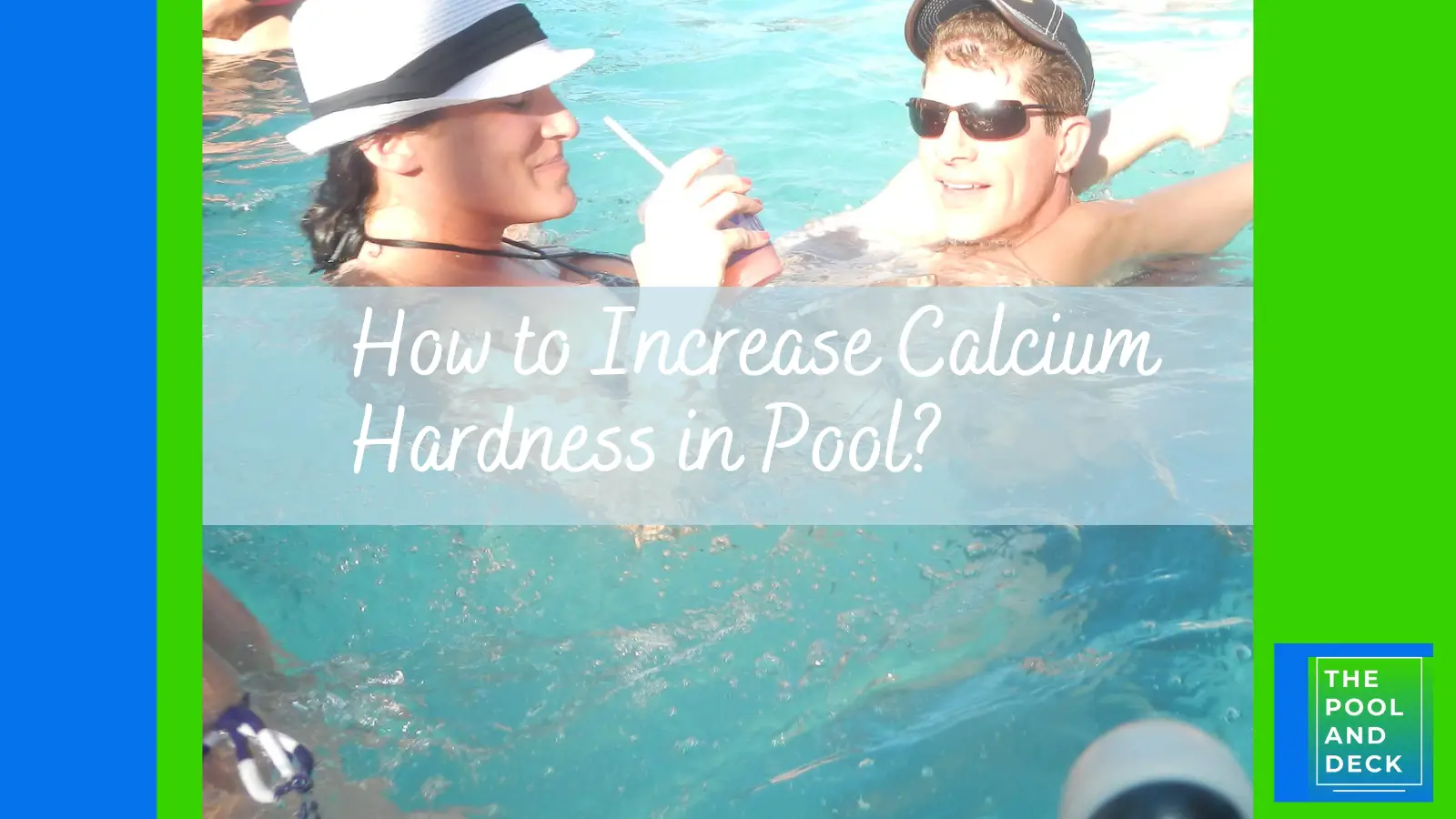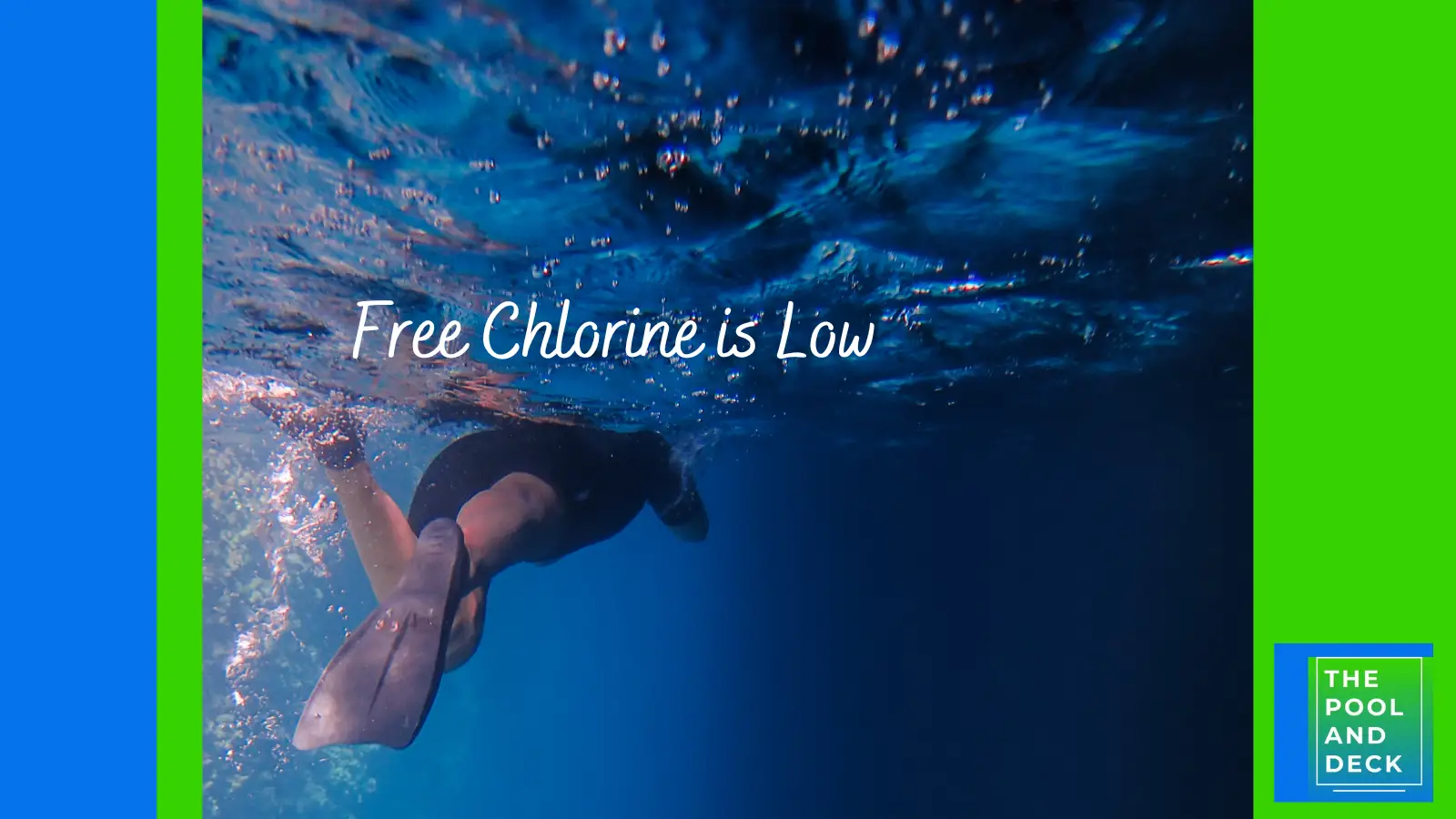How to Get Rid of Green Algae in Pool? (9 Step Effective Process)
As an Amazon Associate, I earn from qualifying purchases.
What’s that green slimy stuff floating in your pool? Disgusting and it’s green algae! How to get rid of green algae in pool is a question I get asked often, especially during warm summer months.
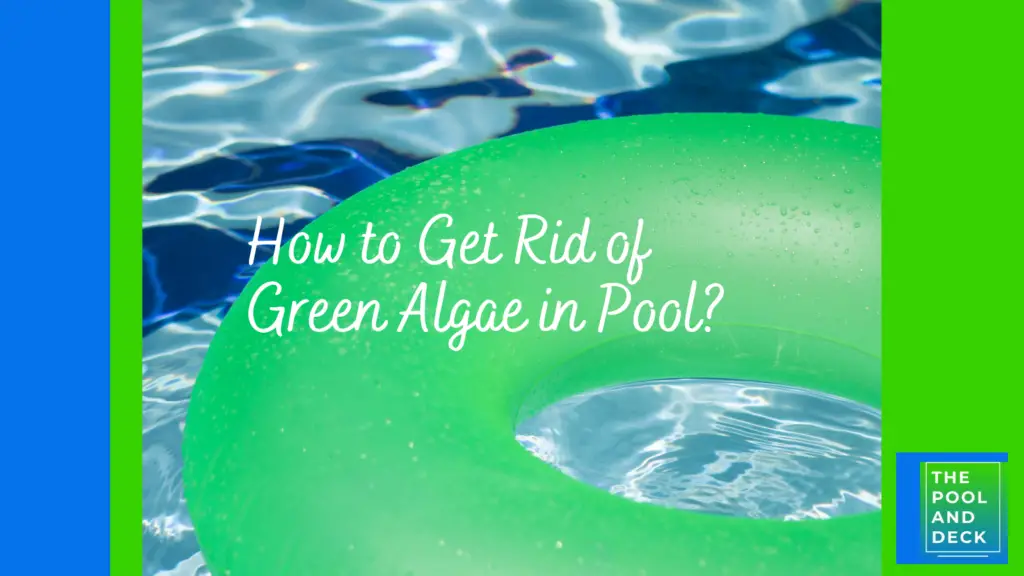
Despite regular maintenance and chemical treatments, this stubborn green growth can continue to thrive in the shady areas of your pool.
With the right knowledge about how to get rid of green algae in pool, you can make your pool crystal clear once again.
Before I tell you about how to get rid of green algae in pool, I would like to provide you with information about green algae itself and how it gets into your pool.
Table of Contents
What is Green Algae?
Green algae are microscopic plants that thrive in aquatic environments, including swimming pools.
Green algae is possibly the most common type of algae that typically appears as green, slimy patches on pool surfaces and can quickly multiply under favorable conditions.
Green algae are fueled by sunlight and nutrients in the water, such as phosphates and nitrates, making them common in poorly maintained pools.
While not harmful to humans, green algae can make your pool unsightly and unpleasant to swim in. They can also clog filters and reduce water circulation if left untreated.
Where Does Green Algae Come From?
Green algae spores are in the air allover the place. So it is not surprising that they find their way into pools through natural phenomenon such as wind and rain.
Poor water circulation and filtration systems in pools create a conducive environment for green algae to thrive. Green algae flourish in warm, sunny conditions, especially when pool water lacks proper sanitation or when pH and chlorine levels are imbalanced.
Green algae can quickly multiply, forming visible colonies on pool surfaces, including walls, floors, and even in crevices.
How to Test for Green Algae in Pool?
Testing for green algae in your pool is relatively straightforward. Start by visually inspecting the pool surfaces for any signs of green discoloration or slimy patches.
You will miss them only if they are still in the incubation period. Even in this stage, you can guess that they are ready to infest your pool if you notice reduced water clarity or a distinct odor emanating from your pool.
You can also use a pool water testing kit to check for imbalances in water chemistry that may promote algae growth.
Specifically, test for chlorine levels, pH balance, and total alkalinity. An imbalance in these parameters are an indicator that pool water chemistry is favorable for algae to thrive.
If you are a new pool owner, you can get comprehensive information from my blog post, Pool Chemistry for Beginners: With 5 Super Helpful Cheat Sheets!
How to Get Rid of Green Algae in Pool?
Step 1: Check Filter and Run Pump
Start by ensuring that your pool filter is clean and in good working condition. Run the pump continuously to circulate the water and aid in algae removal.
Step 2: Test and Balance Water
Test the pool water for pH, chlorine, and alkalinity levels. Adjust as needed to maintain proper water chemistry, which helps prevent algae growth.
To make your pool water testing process accurate and simple I recommend using the Ultimate Pool Water Tester
Ultimate Pool Water Tester
Comprehensive 27-parameter water testing for pools and hot tubs, ensuring crystal clear, safe, and perfectly balanced water.
Step 3: Scrub Pool Surfaces
Start by vigorously scrubbing the walls and floor of your pool with a pool brush to loosen the algae. Pay special attention to areas where algae tend to gather, such as steps and crevices.
Step 4: Apply Chlorine Shock
Add chlorine shock treatment to your pool water, distributing it evenly throughout the pool. Target areas with visible algae growth and follow the appropriate dosage based on your pool’s size.
Super-chlorinate your pool with a shock treatment to kill as much green algae and bacteria as possible. I recommend using HTH 52037 Pool Care Shock Advanced as it is CYA Free.
Cyanuric Acid Free Shock (Cal Hypo)
HTH 52037 Pool Care Shock Advanced
A fast-dissolving, convenient 4-in-1 Cal Hypo formula that kills bacteria & algae, reduces chlorine odor & irritation, and quickly restores crystal clarity.
Step 5: Apply Algaecide
After shock treatment, apply a specialized algaecide designed to target green algae. Ensure even distribution throughout the pool according to the manufacturer’s instructions. I recommend using HTH 67089 Swimming Pool Care Algae Guard Ultra
Pool Care Algae Guard Ultra
The non-foaming, non-staining and fast-acting formula both kills and prevents extreme amounts of stubborn green, black and mustard algae for a season of crystal clear pool water and offers up to 3 months of protection.
Step 6: Turn Pump Off and Clean Filter
After shocking the pool, turn off the pump and clean the filter to remove dead algae and debris. This helps maintain proper filtration efficiency.
Step 7: Turn Pump On and Add Clarifier
Turn the pump back on and add a clarifier, such as HTH 67023 Super Clarifier to help clear up cloudy water caused by algae treatment. Follow the clarifier’s instructions for dosage and application.
Super Clarifier for Swimming Pool
- Clears up dull, cloudy or hazy pool water
- Apply directly to pool water or skimmer
- Use 4-12 hours after HTH Shock! and HTH Algaecide products for best results
- Does not affect pool’s pH levels
- Improves filter efficiency to remove dead algae and organic debris
- Fast-acting, concentrated formula
Step 8: Brush and Vacuum Pool
Brush the pool once again to dislodge dead algae so that they settle at the pool bottom. Vacuum the pool to waste to remove settled algae debris.
Vacuuming to waste prevents debris from entering the filter and clogging it.
Step 9: Test and Balance Water
Test the water again after treatment to ensure chlorine and pH levels are within the recommended range. Balance the water as needed to maintain optimal conditions and prevent future algae growth.
How to Prevent Green Algae in Pool?
Preventing green algae in your pool involves regular maintenance and proper chemical balance:
1. Maintain Proper Sanitation: Regularly sanitize your pool water with chlorine or other suitable sanitizers to inhibit algae growth.
2. Monitor Water Chemistry: Test and balance pH, alkalinity, and sanitizer levels regularly to create an environment less conducive to algae growth.
3. Brush and Vacuum: Routinely brush pool surfaces to dislodge potential algae colonies and vacuum to remove debris that can promote algae growth.
4. Proper Filtration: Ensure your pool filtration system is functioning correctly and run it regularly to remove algae spores and other contaminants from the water.
5. Limit Sun Exposure: Use pool covers when the pool is not in use to reduce sunlight exposure, as algae thrive in sunlight.
By following these preventive measures consistently, you can significantly reduce the likelihood of green algae infestations in your pool and enjoy crystal-clear water all season long.
Thank you very much for reading the post. I do hope you found it informative and helpful.

